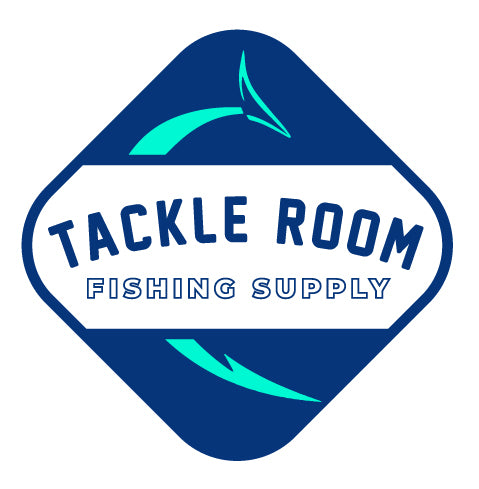Comparing Spinning Reels to Baitcasters
Fishing is an art that combines skill, patience, and the right equipment. Among the essential gear choices a fisherman makes, the selection between spinning reels and baitcasters is crucial. Each has its advantages and disadvantages, influenced by the mechanics of casting, line management, and fishing conditions. Let’s dive into the nuances of these popular reel types to help you decide which suits your angling style best. Some of the key points:
- Line Compatibility
- Ease of Use
- Casting Accuracy
- Drag Systems
- Sensitivity vs. Power
- Presentation and Technique
- Learning and Maintenance
Spinning Reels: Ease and Versatility
How They Work
Spinning reels feature a fixed spool, which requires the lure’s weight to pull line off the reel for casting. This process introduces resistance as the line unwinds and passes through the rod’s guides, somewhat limiting casting efficiency and distance, especially with heavier lines.Pros
• Light Line and Lure Compatibility: Spinning reels excel with light to medium lines and lures, making them perfect for finesse fishing techniques.• Superior Drag Systems: In the same price range, spinning reels often offer better drag performance, crucial for fighting and landing fish.
• Ease of Use: Their straightforward operation makes spinning reels ideal for beginners. A quick tutorial can get a novice casting in no time.
Cons
• Casting Accuracy: Achieving precision with spinning reels can be challenging. The casting mechanics make it difficult to target specific spots with high accuracy.• Reduced Efficiency with Heavy Line: As line weight increases, casting distance decreases due to greater resistance.
• Sensitivity vs. Strength: Spinning rods are generally lighter to protect the line, which, while increasing sensitivity, might not suit all fishing situations.
Baitcasters: Precision and Power
How They Work
Baitcasting reels allow the spool to rotate during the cast, feeding line out with minimal resistance. This design supports longer, more precise casts but requires managing the spool’s speed to prevent tangling, known as “bird’s nests.”
Pros
• Accuracy: The control over casting is significantly enhanced with baitcasters, allowing for precise lure placement.• Heavy Line Friendly: These reels are better suited for heavier lines, offering greater casting distance and durability under strain.
• Customizable Performance: Baitcasters enable fine-tuning of brake settings, drag, and spool tension, allowing anglers to optimize the setup for specific lures and techniques.
Cons
• Steep Learning Curve: Mastering a baitcaster takes practice, as improper spool control can lead to frustrating tangles.• Drag System Variability: Quality drag performance in baitcasters often comes at a higher cost, and some anglers rely solely on manual spool control for line resistance.
• Challenges with Light Line: Although advancements like the BFS (Bait Finesse System) have made light line use possible, baitcasters generally perform better with heavier lines.

